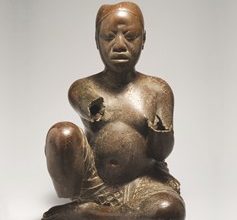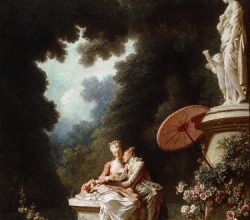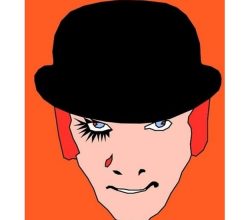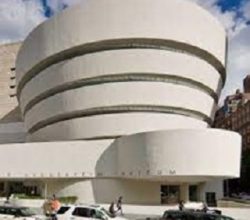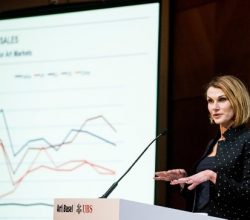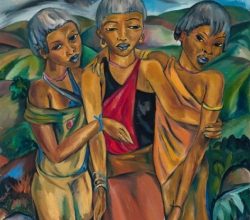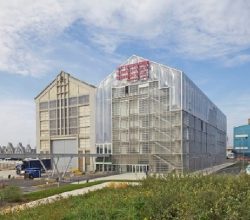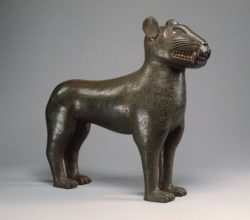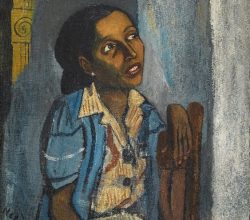
Alice Neel, Painter of the People
Billy Anania | Jacobin | 25th March 2021
Neel didn’t fit her times – a communist in capitalist New York, a feminist before the era of women’s rights, a figurative painter when abstraction was ascendant. Recognition was slow to arrive. Now her paintings, with their bold colours and frank depiction of people, have one critic calling her the “greatest American portraitist of the century”. Her portraits were not exercises in flattery but a “redefinition of how the human condition appears in art.”

